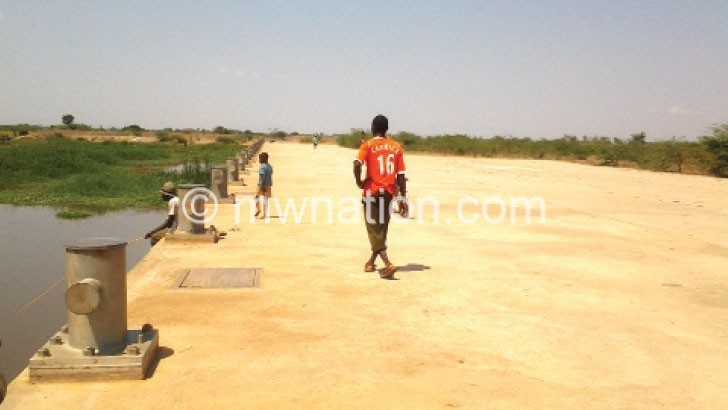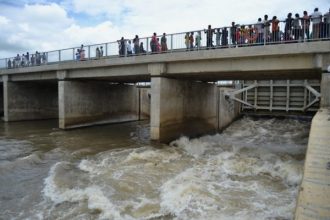Shire-zambezi waterwaystudy ready for adoption
Minister of Transport and Public Works Francis Kasaila has said the feasibility study on the Shire-Zambezi Waterway Project has been completed and is ready for adoption by the three member states—Malawi, Mozambique and Zambia.
In an interview early this week, Kasaila said the study is expected to be adopted in February at a ministerial meeting in Lusaka, Zambia.

The objective of the study was to ascertain if Shire and Zambezi rivers are navigable and to demonstrate its technical, economical, financial, social and environmental viability and sustainability.
Said Kasaila: “The feasibility study on the Shire-Zambezi Waterway Project has been completed and what remains now is for it to be adopted at the next ministerial meeting which is due next month in Zambia.
“The main objective of the meeting would be to discuss the report and also look at questions concerning the data, after which we should say the study has been adopted.”
He was optimistic the discussions would yield results to excite Malawians.
“We are optimistic this project will finally take off and contribute to Malawi’s economic growth by utilising transport cost-cutting opportunities that the port will bring, not only to Malawi, but also to countries around us,” he said.
The project involves the construction of an inland port in Nsanje to provide a direct waterway transport system between the southern Malawi district and the port of Chinde in Mozambique, which is 238 kilometres away.
The waterway is expected to link landlocked Malawi—which has for decades been reeling from the negative impact of high transport costs—to the Indian Ocean through the port of Chinde.
A 2011 study by Malawi Lake Basin Programme on cross-border trade indicated that Malawi could save $173 million (about K128 billion) of the total annual import bill once the port is fully operational.
In September last year, transport ministers from the three countries met in Lilongwe to review and adopt a report by the Hydro Plan GmbH (Private) Limited, a consulting firm identified by the Southern African Development Community (Sadc) to work on the feasibility study.
According to the consultants, the project is viable but would require the commitment of the three countries to come to pass.
In a separate interview, president of the Chattered Institute of Logistics and Transport in Malawi, Stallard Mpata, who is also former principal secretary in the Ministry of Transport and Public Works, urged the government to adopt measures that would reduce transportation costs in the country.
Such measures include the utilisation of the major projects and infrastructural developments being undertaken in the transport sector such as the Shire-Zambezi Waterway and railway line.
The African Development Bank (AfDB)—through the Common Market for Eastern and Southern Africa (Comesa)—approved $3.5 million (about K2.6 billion) towards conducting a comprehensive feasibility study on the Shire-Zambezi Waterway Project which started in 2012.
The Nsanje Inland Port was inaugurated on 23 October 2010 by former president, the late Bingu wa Mutharika and is expected to cut Malawi’s imports and exports bill by about 40 percent.





